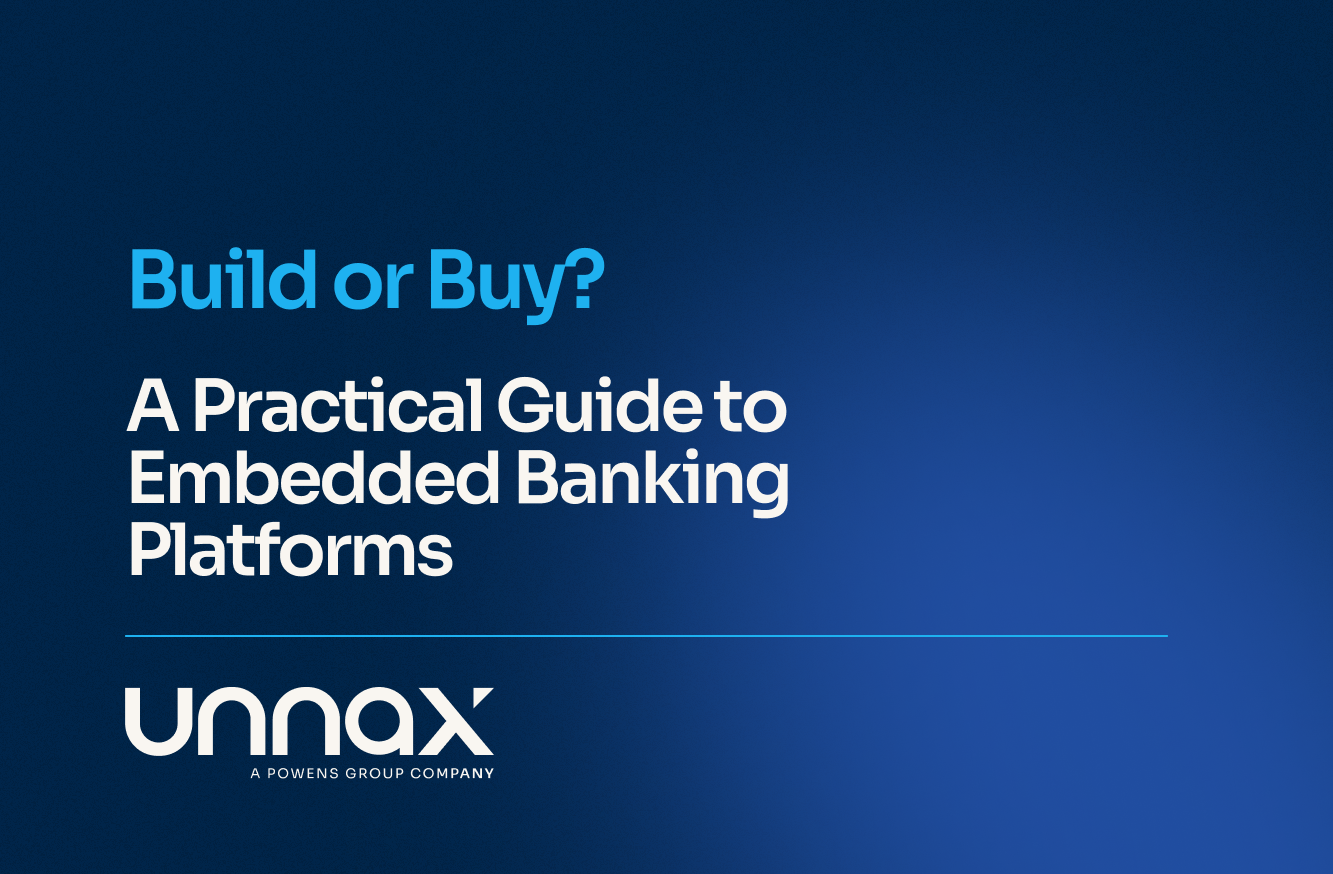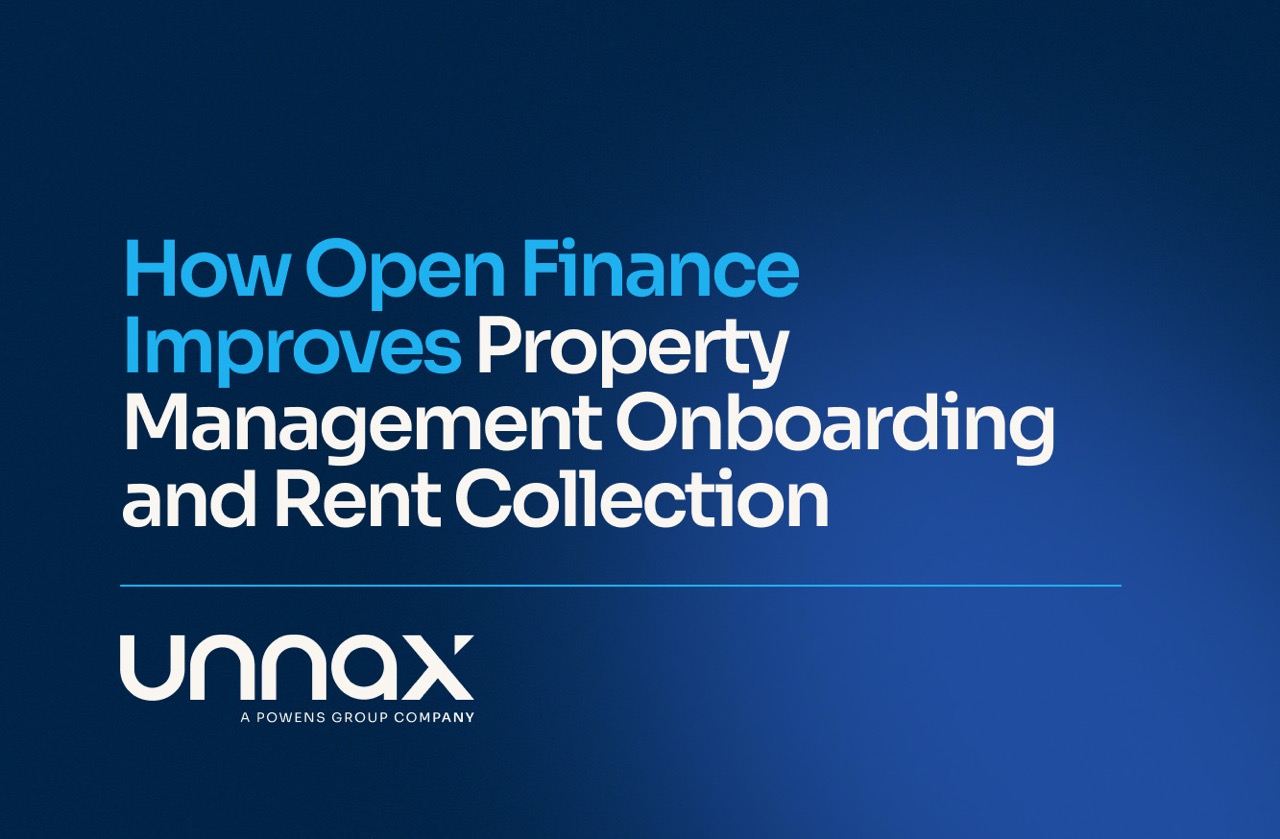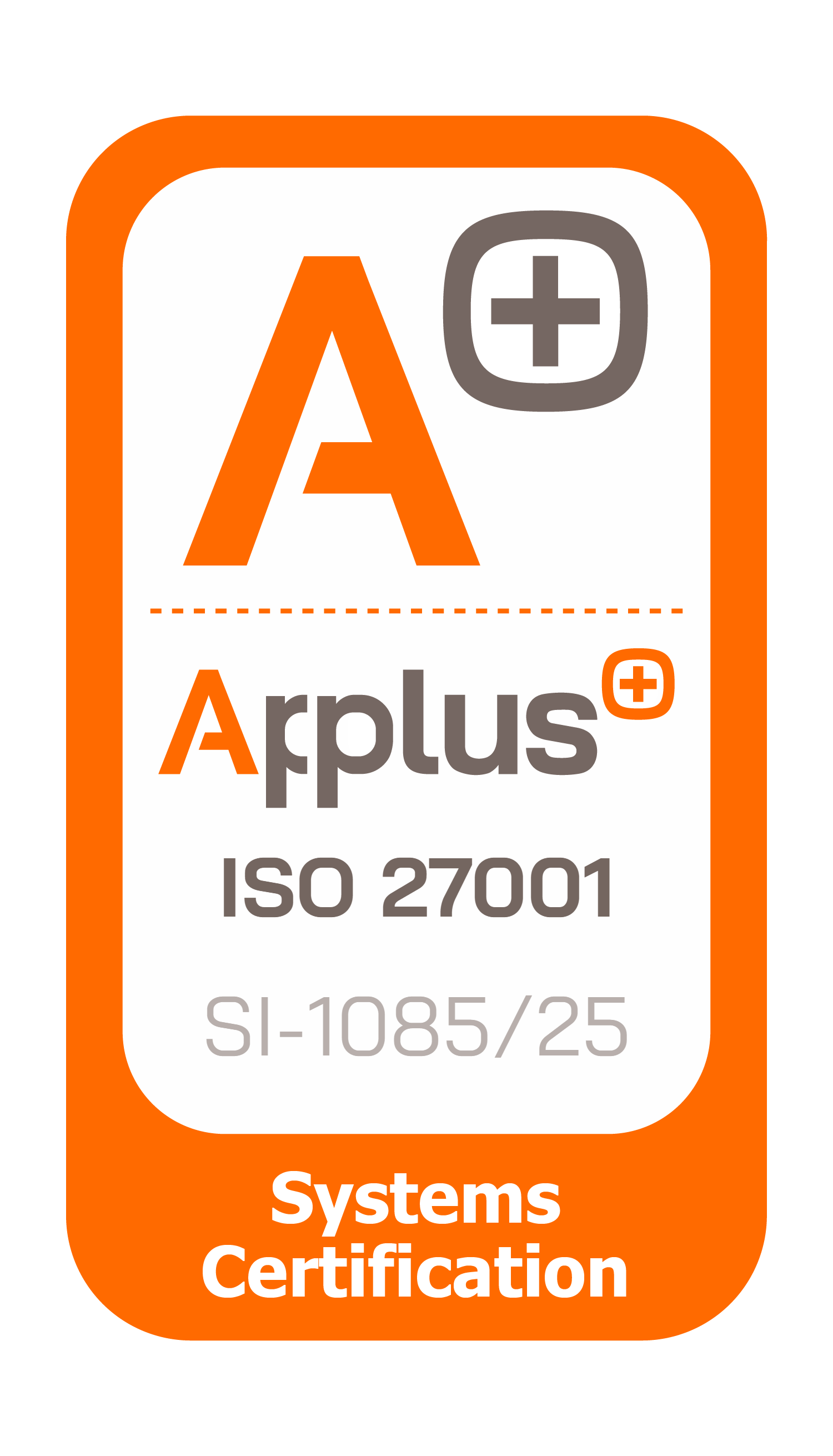When powering financial solutions for your clients, can you offer a seamless bank reconciliation?
Bank reconciliation is often a complex process prone to human error. Simplifying this process requires flexible solutions like IBANs and Virtual IBANs, which can greatly benefit businesses like financial software vendors, subscription services, utility companies, and other service providers by allowing them to issue IBANs to their clients.
👉 Read more: What is a Local IBAN
The pain points of bank reconciliation
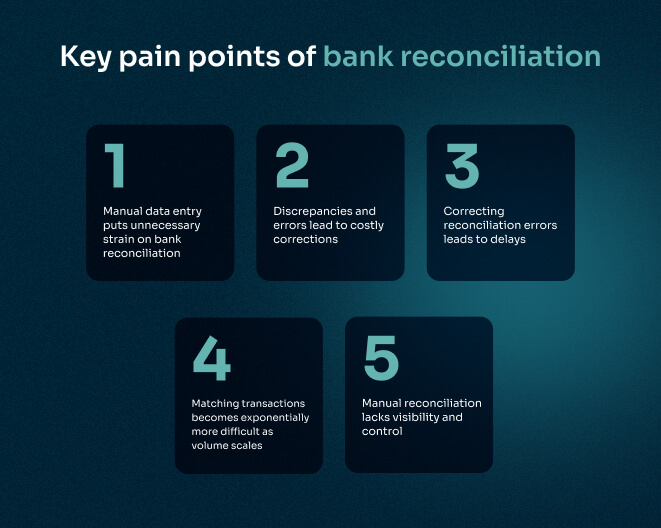
Many factors contribute to the historical pains of bank reconciliation. If unaddressed, these pain points can transform from minor inconveniences to significant financial discrepancies and inefficiencies.
Delays in identifying and correcting discrepancies can undermine your clients’ financial decision-making power. Moreover, unresolved reconciliation problems can increase operational costs and risk.
The most common pain points of traditional bank reconciliation processes include:
1. Manual data entry puts unnecessary strain on bank reconciliation
Before modern technological intervention, bank reconciliation relied on the manual entry of each financial transaction passing through a system.
Manual bank reconciliation is not only time-consuming and prone to errors, but it can also significantly drain both financial and technological resources.
2. Discrepancies and errors lead to costly corrections
Discrepancies between financial statements are common. Yet, despite their frequent occurrence, every financial discrepancy can require an exhaustive investigation to identify and rectify errors. Tying back to the first pain point, manual data entry is often the cause of these discrepancies, which can include:
- Transposed numbers
- Incorrect transaction categorization
- Duplicate entries
In some cases, you may not catch errors right away, leading to further inaccuracies in your company’s financial reports and decision-making processes.
3. Correcting reconciliation errors leads to delays
When you compound the issues of time-consuming manual data entry and frequent manual errors, you end up with constant delays in the bank reconciliation process.
Clients need timely and accurate financial information when making important decisions, such as for investments or major purchases. Manual reconciliation delays access to this information, impacting the overall timeliness of specific financial reports and initiatives.
Additionally, bank reconciliation delays can hinder a client’s cash flow.
4. Matching transactions becomes exponentially more difficult as volume scales
Matching transactions between financial statements and internal records is challenging enough for small-scale batches of documents. As a business expands and increases its transaction volume, manually matching transactions becomes virtually impossible.
Identifying and reconciling transactions in different formats or with different identifiers only complicates the reconciliation process further.
5. Manual reconciliation lacks visibility and control
Without real-time transaction visibility, your clients can struggle to maintain financial stability.
Manual reconciliation disrupts multiple aspects of a business’s financial strategy, including cash flow management and fraud prevention. A lack of access to accurate and up-to-date financial data can critically hinder your clients’ ability to optimize working capital as their businesses grow.
👉 Read more: How Unibo Leveraged Unnax IBAN Accounts to Achieve 15X Growth in Just One Year
How Virtual IBANs can streamline bank reconciliation
An IBAN (International Bank Account Number) is a standard account number for bank accounts in different countries. IBANs identify the country of origin of a transaction and facilitate smoother cross-border transactions.
A Virtual IBAN (vIBAN) operates similarly to a traditional IBAN by facilitating the sending and receiving of payments under the name of a business or individual.
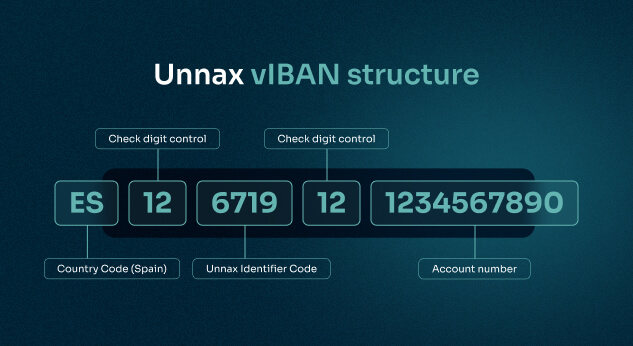
The main difference between a vIBAN and a traditional IBAN comes down to the corresponding bank account. While a standard IBAN corresponds to a single bank account, a vIBAN allows for multiple vIBANs to exist simultaneously, all connected to a single pooled account.
Virtual IBANs act as a sub-account linked to a main master account, allowing for flexible payment routing and reconciliation. Additionally, vIBANs enable routing and reconciliation processes to be tailored to each business’s specific requirements.
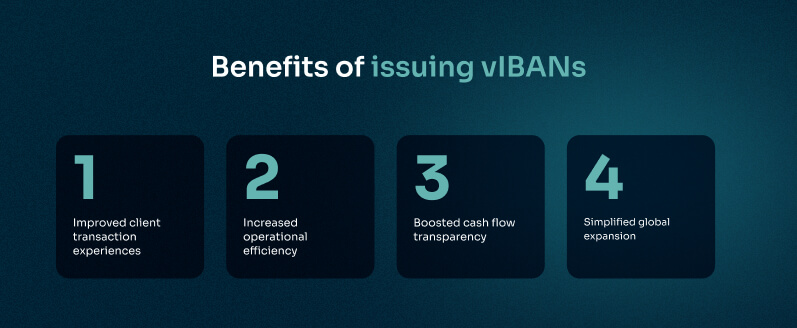
Issuing both traditional IBANs and Virtual IBANs to your clients can help you gain a competitive advantage and streamline reconciliation in numerous ways:
- Improved client transaction experiences: Issuing vIBANs improves client transactions by ensuring all transactions originate from a single pooled account while also ensuring it is immediately apparent where a payment originates. With a single IBAN, you must provide extra reference information for each transaction to track its origin. If a payee omits or mistypes this data, your operations team must manually reconcile the payment, costing you time and revenue. By contrast, with vIBANs, you can assign a unique vIBAN to each payee with no additional information required from the payee.
- Increased operational efficiency: Like traditional IBANs, Virtual IBANs automate reconciliation, saving time and minimizing manual errors. Heightened operational efficiency thanks to vIBANs enables your clients to focus on their core business activities and scale accordingly.
- Boosted cash flow transparency: Issuing IBANs and vIBANs to your clients offers real-time visibility of their working capital, allowing for improved cash flow management. Accurate cash flow data delivered in real-time also enables clients to seize growth opportunities quickly.
- Simplified global expansion: Both traditional and Virtual IBANs conform to international regulatory and security standards, facilitating seamless cross-border transactions and unlocking global market potential for your clients. Plus, the international compatibility of vIBANs also helps you serve a broader range of clients.
👉 Read more: What is Embedded Banking and why do you need it
Issue Spanish virtual IBANs with Unnax’s solution
At Unnax, our clients can issue unlimited Spanish IBANs, helping to streamline bank reconciliation and build more innovative financial products. Unnax also has Virtual IBANs in development, with this product set to release soon for Spanish clients.
As an Electronic Money Institution (EMI), Unnax handles all the licensing requirements for compliance, giving you access to fully functional IBAN Accounts without the complex regulatory burden.
Along with unlimited accounts, Unnax’s IBAN Accounts also offer white-label solutions that deliver your clients a seamless financial experience. By issuing IBANs through Unnax, you can connect to a secure payment system and an entire ecosystem of payments.
Speak with us today to learn more about our Spanish IBANs.



